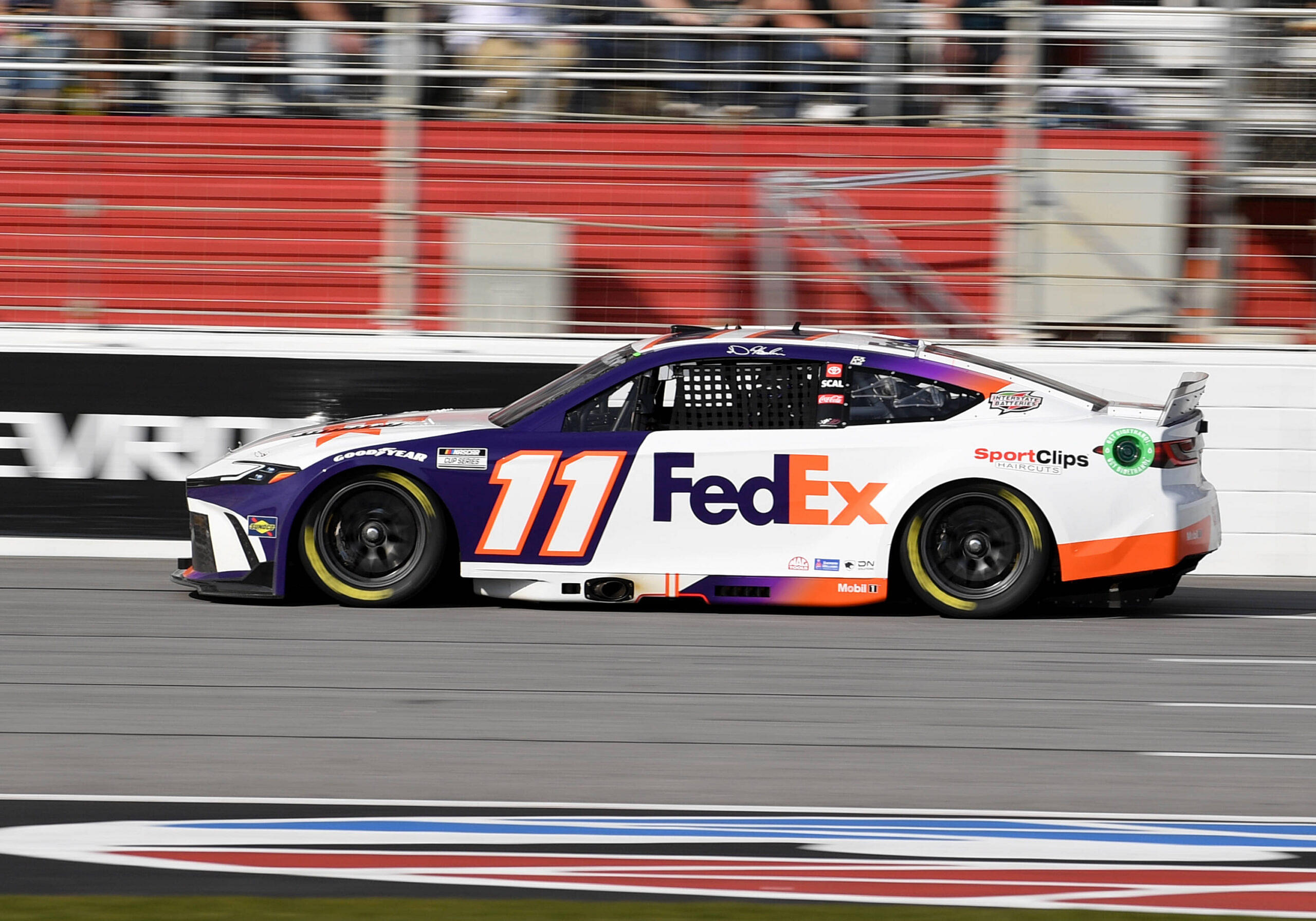With the usher of the Next-Gen cars, making component-wise tweaks is no longer a way to resort to. And that shifts the attention of the race teams to pit strategies and, most importantly, to aerodynamics. Speaking of which, did you know NASCAR teams have aero maps which are crucial in optimizing a race-car setup?
Advertisement
But what is an aero-map? Joe Gibbs Racing sensation Denny Hamlin explained it in an interview. He said, “It’s just information that takes the aerodynamics of the race car and it puts in a computer and tells you how much grip you should have. It’s what we use for simulators. We make a lot of speculations until we actually race the car on tracks…until we can validate that that data is actually true or false.”
In simple words, the aero map displays the relationship between the geometrical properties and the aerodynamic properties of a car. These properties include certain parameters like front or rear ride height and rear wing angle. These maps help the engineers to predict the probable behavior of the car in different set-up changes.
How do aerodynamics work in a NASCAR racecar?
The aerodynamics in NASCAR are quite complex, but at the same time, it’s pretty interesting. There are two main ways to determine how the air works around the cars and how the drivers and the teams can leverage the air to pack speed in their machines. Let’s break them down in the simplest way possible.
Aero Push
While cruising at speeds up to 200 mph, the cars often leave behind disturbed air, which is called ‘dirty air’ in NASCAR lingo. However, the tailing cars can leverage the vacuum that is created in the immediate wake of the leading car. This is called drafting, which requires a prudent judgment of the distance to be maintained between the leading car and themselves. Failing to do that, the vacuum pushes the tailing car upwards and decreases its stability. This is called aero push. This situation is often referred to as being ‘tight’ by the drivers.
Downforce and drag
As a car speeds through the air, there are different magnitudes of pressure on each side of the car. If the pressure on the top is more than the pressure underneath the car, the car experiences downforce, which is the opposite of uplift. Downforce aids the driver in maintaining a grip on the track and allows them to make the corners at relatively higher speeds. But again, downforce leads to aerodynamic drag, which is caused when the air in front of the car gets spaced out behind and tends to slow down the car following it.



